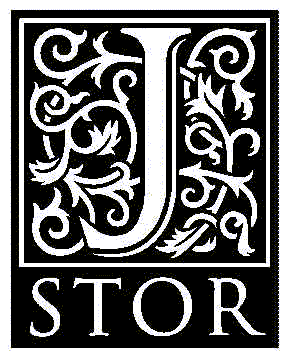
The Rites of Passage.
Arnold van Gennep. Translated by Monika
Vizedom and Gabrielle L. Caffee. University of Chicago Press, Chicago, Ill.,
1960. 198 pp. $4.50.
(reviewed by Clifford Geertz)
Although van Gennep, one of the original group of Durkheimian sociologists, lived until 1957, this book, originally published in 1908 but not previously translated into English, is the sole basis for his considerable international reputation as a theorist in the field of comparative religion.
Van Gennep saw the life of any individual in society as being marked by a series of transitions from one social status to another: from youth, to maturity, to old age; from single to married; from childlessness to motherhood; from life to death, and so forth. And for each of these events there are, in all societies, special ceremonies whose function it is to enable the individual to pass successfully from the status he is leaving to the one he is attaining.
Such rites of passage-birth ceremonies, marriages, initiations, funerals, rituals of arrival and departure-can, in turn, all be analyzed in terms of their three major subphases: rites of separation, symbolizing abandonment of the old status; rites of transition, symbolizing an interregnum, "social death" period during which the individual is suspended between the old and new statuses; and rites of incorporation, symbolizing the achievement of the new status. A Brahman youth's ritual bath before initiation as a novice is an example of a rite of separation, a girl's seclusion during her first menses of a rite of transition, and sexual hospitality to a visiting stranger of a rite of incorporation.
In support of his thesis, van Gennep quotes a great variety of material, much of it unreliable, from peoples all over the world. But despite his uncertain scholarship, his generally "botanizing" approach to the categorization of religious practices, and his total failure to deal with the social and cultural contexts from which his examples are drawn, van Gennep offers, in his concept of an underlying pattern of withdrawal, isolation, and return which is common to all passage rituals, a valuable theoretical insight into the dynamics of religion in both psychological and sociological terms.
CLIFFORD GEERTZ
Department of Anthropology, University of
California, Berkeley
Book Review, in: Science, New Series, Vol. 131, No. 3416 (Jun. 17, 1960), 1801-1802.
online source: http://www.jstor.org
JSTOR's Terms and Conditions of Use provides, in part, that unless you have obtained prior permission, you may not download an entire issue of a journal or multiple copies of articles, and you may use content in the JSTOR archive only for your personal, non-commercial use.
Science is currently published by American Association for the Advancement of Science. Please contact the publisher regarding any further use of this work. Publisher contact information may be obtained at http://www.jstor.org/journals/aaas.html.
Each copy of any part of a JSTOR transmission must contain the same copyright notice that appears on the screen or printed page of such transmission.

Using this text is also subject to the general HyperGeertz-Copyright-regulations based on Austrian copyright-law (2001), which - in short - allow a personal, nonprofit & educational (all must apply) use of material stored in data bases, including a restricted redistribution of such material, if this is also for nonprofit purposes and restricted to the scientific community (both must apply), and if full and accurate attribution to the author, original source and date of publication, web location(s) or originating list(s) is given ("fair-use-restriction"). Any other use transgressing this restriction is subject to a direct agreement between a subsequent user and the holder of the original copyright(s) as indicated by the source(s). HyperGeertz@WorldCatalogue cannot be held responsible for any neglection of these regulations and will impose such a responsibility on any unlawful user.
Each copy of any part of a transmission of a HyperGeertz-Text must therefore contain this same copyright notice as it appears on the screen or printed page of such transmission, including any specific copyright notice as indicated above by the original copyright holder and/ or the previous online source(s).